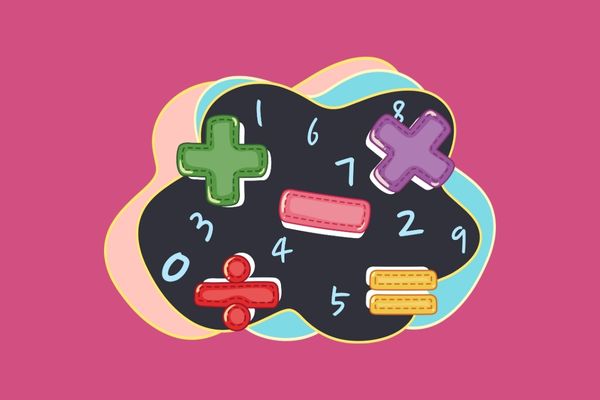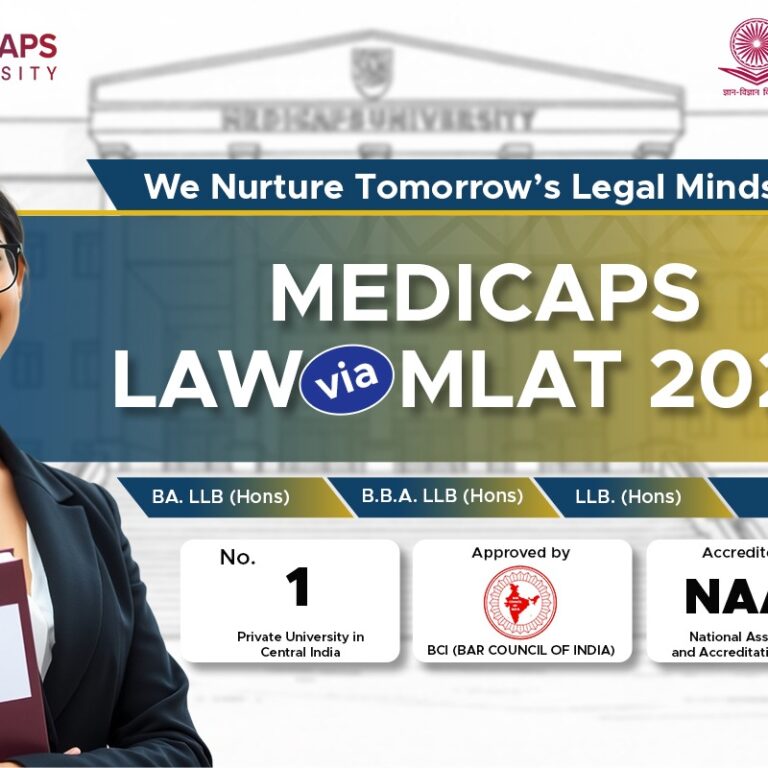What is the Syllabus of Maths in CLAT?

The Common Law Admission Test (CLAT) is an essential exam for aspiring law students in India. Among the various sections of the CLAT, the Quantitative Techniques section plays a significant role in assessing a candidate’s mathematical and analytical abilities.
The Quantitative Techniques section tests your ability to interpret and analyse numerical data, perform mathematical operations and solve real-life problems using mathematical concepts.
Official CLAT Quantitative Techniques Syllabus
The Quantitative Techniques section in the CLAT focuses on evaluating your skills in understanding and using numerical information. This information may be presented in various formats, such as passages, graphs or other visual representations. The key mathematical operations you need to be proficient in include:
- Ratios and Proportions: Understanding and solving problems involving direct and inverse proportions.
- Averages: Calculating the mean of a set of numbers.
- Percentages: Working with percentages to solve problems related to profit, loss and discounts.
- Profit and Loss: Analysing transactions to determine profit or loss.
- Algebra: Solving linear and quadratic equations and working with algebraic expressions.
- Mensuration: Calculating areas, volumes and surface areas of various geometric shapes.
- Statistical Estimation: Interpreting data and working with measures of central tendency like mean, median and mode.
Type of Questions Asked in CLAT
The Quantitative Techniques section typically includes questions that require you to read and interpret numerical information before answering related questions. The questions are often based on:
- Data Interpretation: Analysing data presented in charts, tables or graphs to answer questions.
- Arithmetic Problems: Solving problems involving basic arithmetic operations.
- Word Problems: Applying mathematical concepts to solve real-world problems described in text format.
Here are some examples of the types of questions you might encounter:
- Ratios and Proportions: Questions may involve comparing ratios or finding the value of a missing term in a proportion.
- Averages: You might be asked to find the average of a set of numbers or to determine how changes in a dataset affect the average.
- Percentages: Problems may include calculating discounts, profit margins or percentage changes.
- Profit and Loss: Questions could involve determining the cost price, selling price or profit percentage based on given information.
- Algebra: Solving equations or simplifying algebraic expressions.
- Mensuration: Calculating the area, perimeter or volume of geometric shapes.
- Statistical Estimation: Interpreting data to find mean, median, mode or other statistical measures.
Effective Preparation Strategies
Preparing for the CLAT Quantitative Techniques section requires a structured approach. Here are some strategies to help you excel:
- Understand the Fundamentals: Ensure you have a solid grasp of basic mathematical concepts. Review topics from the elementary mathematics syllabus, including arithmetic and basic algebra.
- Learn Problem-Solving Techniques: Familiarise yourself with various problem-solving methods and strategies for each topic. Practice applying these techniques to different types of questions.
- Practice Regularly: Consistent practice is crucial. Solve a variety of practice questions, including those from previous years’ CLAT papers and mock tests, to build speed and accuracy.
- Topic-by-Topic Coverage: Focus on one topic at a time. Master the basics and practice thoroughly before moving on to the next topic.
- Time Management: Develop good time management skills. Practice solving questions within a specific time frame to improve your speed and efficiency during the exam.
- Analyse Mistakes: Review your mistakes and understand where you went wrong. Identify challenging areas and work on them through targeted practice.
- Seek Clarification: If you encounter difficulties, don’t hesitate to ask for help from teachers, mentors or online resources.
- Mock Tests and Simulated Exams: Regularly take mock tests to simulate the exam environment. This helps you become familiar with the exam pattern and time constraints.
Recommended Books for CLAT Maths Preparation
To effectively prepare for the CLAT Maths section, refer to the following recommended books:
| Book Name for Mathematics in CLAT 2024 | Author | Link to the Book |
| Fast Track Objective Arithmetic | Arihant Publication | View Here |
| Quantitative Aptitude for Competitive Examinations (English) | RS Aggarwal | View Here |
| 30 Days wonder for Maths | S. Chand | View Here |
Conclusion
The CLAT Quantitative Techniques section is designed to test your ability to interpret and analyse numerical information and solve mathematical problems. By understanding the core topics, practising regularly and using effective preparation strategies, you can enhance your mathematical skills and perform well in the CLAT exam. Utilise recommended resources. Consistent effort and dedication will be key to your success in the CLAT Maths section.
Find CLAT Quantitative Techniques materials here.
Calling all law aspirants!
Are you exhausted from constantly searching for study materials and question banks? Worry not!
With over 15,000 students already engaged, you definitely don't want to be left out.
Become a member of the most vibrant law aspirants community out there!
It’s FREE! Hurry!
Join our WhatsApp Groups (Click Here) and Telegram Channel (Click Here) today, and receive instant notifications.





